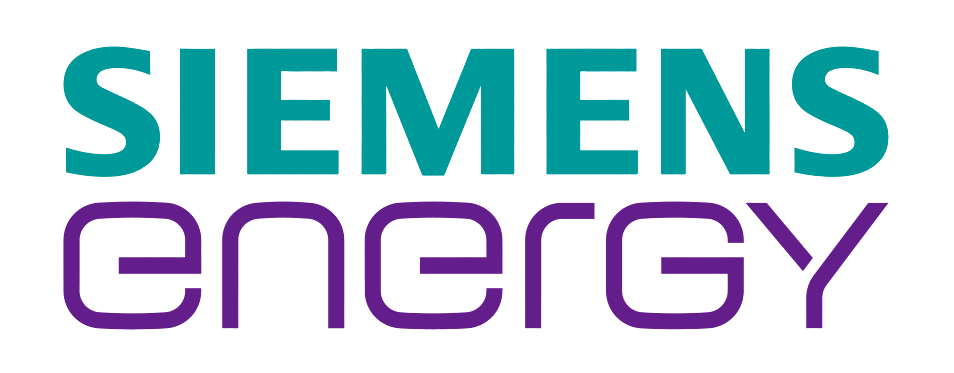Wearable Technologies: Boon for Energy Industry
If the once-booming energy sector needs to peak again, it would need to embrace technological advances, including augmented reality (AR) and virtual reality (VR). These technologies can help an energy company extract more value while having a lesser impact on the environment at lower operational costs.
According to an estimate by Goldman Sachs, the market for AR and VR is expected to grow into USD 95 billion by 2025. As per our analysis, the energy and utility sector will contribute to about a fifth of this market.
AR: Saving Cost through Remote Operations
One of the most important tasks for E&P companies is to reduce Non-Productive Time (NPT) by lessening unplanned maintenance-related downtimes and unexpected breakdowns. The primary cause of higher NPT is the lack of real-time monitoring of critical equipment.
With AR, field engineers can get access to real-time information, maintenance history, analysis of parameters, user manuals, and a collaborative platform to discuss and fix issues about equipment on their mobile phones. AR further reduces monitored inventory, operating or maintenance costs, dependency on OEM, and cost through spill detection.
Using AR headsets also allows on-site technicians to connect with control room staff or technical experts wirelessly. For example, Baker Hughes was able to replace turbine parts at a Malaysian petrochemical plant in five days (instead of 10) while saving USD 50,000 in travel expenses by operating remotely from their office in California, US.
AR also allows experts to remotely monitor and provide support to several locations simultaneously. This translates into huge savings on time, money, and resources.
Training and Progress Tracking through VR
With the help of VR technology, the O&G industry can create, visualize, and run what-if scenarios on oil reservoirs, wells, processing facilities, pipelines, downstream assets, etc.
VR applications can mimic field settings in a safe and controlled environment to enhance decision-making in critical drilling operations. This is also used for training O&G field personnel. Shell is using this technology to train its staff for safety procedures at the Malikai deep-water oil project offshore Malaysia.
This technology is also used for improving maintenance efficiency by providing first-level diagnostics, checking the progress of activities, and deviations from planned/ actual trajectory for drilling applications.
Network Connectivity Barrier…
However, AR has its limitations too. It needs a reliable wireless network for effective operations. This can be a problem in the case of oil rigs in remote locations that lack proper internet connectivity. Further, AR headsets cannot be used close to hazardous material as they need to meet strict safety standards.
Advancements in the Field
Geodata company NEOS has clubbed AR/VR data (with the geophysical attributes taken into account) with analytics to build a map that indicates “sweet spots” for drilling. Linde is using VR glasses to allow its clients to see, understand, and remodel the plant before it is actually constructed. This saves a lot of time, money, and resources that otherwise would have been wasted in the process of building, deconstructing, and reconstructing the plant facilities.
Interestingly, we will see companies move beyond pilot testing of these immersive technologies to more mature applications. As IoT technologies expand further, it will further boost the growth of AR and VR technology by providing larger playing grounds. Undoubtedly, Immersive technologies will find more relevance in creative industries like gaming and entertainment, but, progress has already been made to adopt these in the O&G sector for better and enhanced customer engagements. We expect the Marketing & Services of large O&G companies, particularly for their petro-fuelling operations, will be the first set of users.
The O&G industry needs to find ways to better leverage technology to improve productivity as technologies like AR and VR can help the industry thrive in a low oil-price environment.
Need a thought partner?
Share your focus area or question to engage with our Analysts through the Business Objectives service.
Submit My Business ObjectiveOur Clients
Our long-standing clients include some of the worlds leading brands and forward-thinking corporations.
- © 2021 Cheers Interactive (India) Private Limited. All rights reserved. FutureBridge ® is a registered trademark of Cheers Interactive (India) Private Limited.




































